In Ta Chu village, Sung A Rua is busy picking young tea buds still covered in dew. He smiles gently: "Before, people only picked tea to sell retail, the income was not worth much. Since the establishment of the Phinh Ho Shan Tuyet Tea Cooperative, tea has been purchased stably, at high prices, each year my family earns over 40 million VND. Life has improved a lot."

Phinh Ho will build a brand for Shan Tuyet tea.
PHOTO: VAN TUAN
The story of Mr. Rua is a living proof of the changes in the 300-year-old Shan Tuyet tea region.
Land of great potential
Phinh Ho currently has 322 hectares of Shan Tuyet tea, of which 115 hectares are ancient tea trees spreading shade among the vast forest. Tea trees have been closely associated with the Mong people's lives for generations, and are now being upgraded to a specialty product certified by the Intellectual Property Office as "Phinh Ho Shan Tuyet Tea".
In recent years, the establishment of the Phinh Ho Shan Tuyet Tea Cooperative has created a clear change. The cooperative connects nearly 40 households, organizes the purchase, processing, and production of specialty teas such as black tea, white tea, and green tea. The price of fresh tea fluctuates between 25,000 and 35,000 VND/kg, helping people feel secure in sticking to the land and the forest.

Taro is considered the "brown gold" of the Phinh Ho highlands.
PHOTO: VAN TUAN
Not only tea, Phinh Ho people are also proud of their taro, a seemingly ordinary agricultural product but now it has become the "brown gold" of the highlands. Busy working on his taro field near harvest, Giang Pao Long (Mu Thap village) excitedly said: "Previously, taro was grown just to eat, now it is grown to get rich. My family grows 1 hectare of taro and earns hundreds of millions of dong each year."
Currently, Phinh Ho commune has 332 hectares of taro, with an average yield of 10 - 12 tons/ha, and a total output of more than 3,300 tons per year. With a selling price of 15,000 - 25,000 VND/kg, upland taro brings in a revenue of over 50 billion VND/year, becoming a key crop, helping hundreds of households stabilize their livelihoods and escape poverty.
Not only famous for its agricultural products, Phinh Ho is also known for its forest cover rate of 60.7%, surrounded by majestic waterfalls and rolling hills.
Hang De Cho Waterfall - one of the "four great waterfalls of the Northwest" - pours white in the middle of the green forest, while Chong Ka Y peak is a famous cloud hunting spot, where visitors can watch the sunrise from the immense sea of clouds.
Taking advantage of its natural advantages, Phinh Ho is gradually developing eco- tourism and community tourism. According to Mr. Nguyen Thanh Hung, Secretary of the Party Committee of Phinh Ho Commune, tourism is opening a new direction for the locality.
"Developing tourism is not only to increase income but also to preserve the cultural identity of the Mong people. We always attach importance to preserving the language, costumes, and traditional festivals so that visitors can live in the original cultural space," said Mr. Hung.

Phinh Ho is gradually developing eco-tourism and community tourism.
PHOTO: VAN TUAN
Thanks to the province's investment, the transportation infrastructure in Phinh Ho has been significantly improved. Concrete roads have reached remote villages; the national grid and telecommunications network are widespread; new schools and medical stations have been built and upgraded.
In the period of 2020 - 2025, the total investment capital for the new rural construction program is estimated at over 498 million VND. The rate of people using clean water is 100%, the rate of rural households with clean toilets is 65%.
"In the coming time, Phinh Ho commune will continue to develop organic specialty agriculture , build a brand for Shan Tuyet tea and upland taro, and strive to achieve an average income of 58 million VND/person/year by 2030. At the same time, the locality will promote tourism development, aiming to attract 50,600 visitors and generate revenue of 30.3 billion VND/year...", Mr. Hung said.
Amidst the vastness of the forest, Phinh Ho is changing day by day. The lush green tea hills, the potato fields laden with tubers, the homestays looming in the afternoon mist, all are blending into the new rhythm of life of a land rich in potential, growing strongly on the journey of sustainable development.
Source: https://thanhnien.vn/danh-thuc-phinh-ho-185251125194647849.htm


![[Photo] Prime Minister Pham Minh Chinh chairs the 15th meeting of the Central Emulation and Reward Council](/_next/image?url=https%3A%2F%2Fvphoto.vietnam.vn%2Fthumb%2F1200x675%2Fvietnam%2Fresource%2FIMAGE%2F2025%2F11%2F27%2F1764245150205_dsc-1922-jpg.webp&w=3840&q=75)




![[Photo] President Luong Cuong attends the 50th Anniversary of Laos National Day](/_next/image?url=https%3A%2F%2Fvphoto.vietnam.vn%2Fthumb%2F1200x675%2Fvietnam%2Fresource%2FIMAGE%2F2025%2F11%2F27%2F1764225638930_ndo_br_1-jpg.webp&w=3840&q=75)
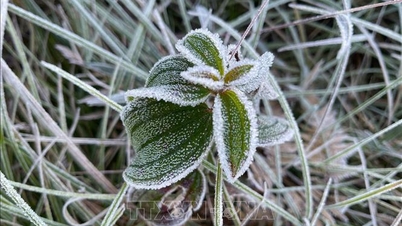

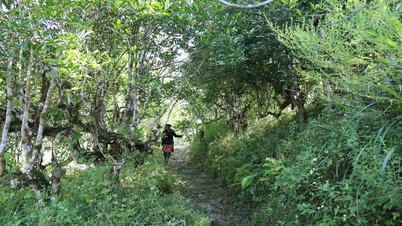





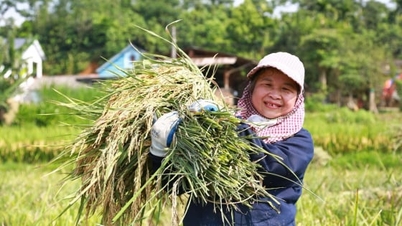
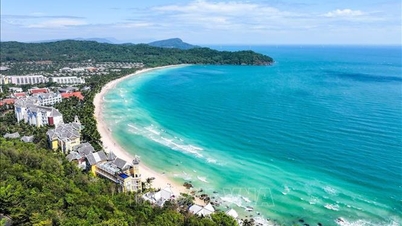





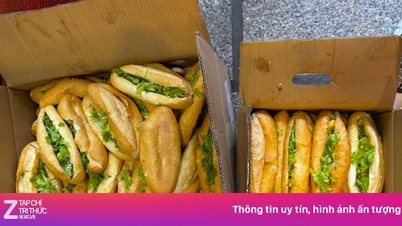





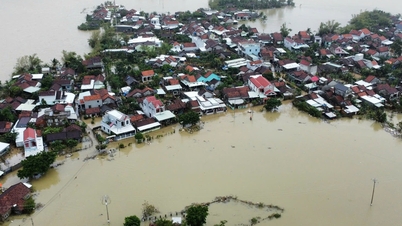

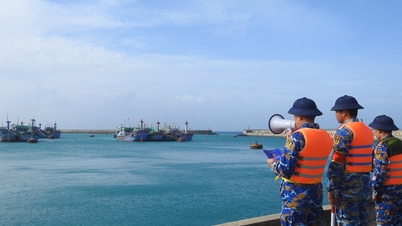


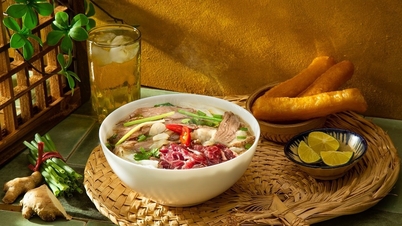





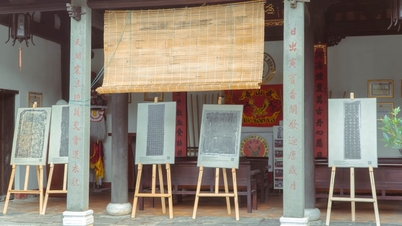
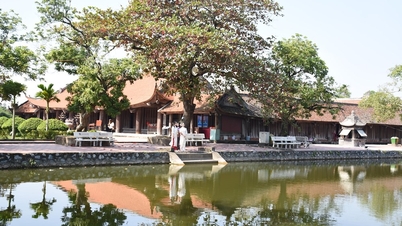









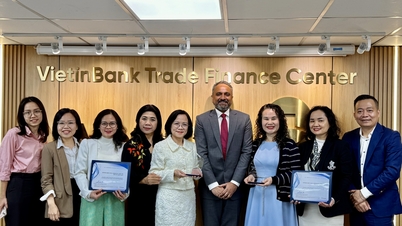


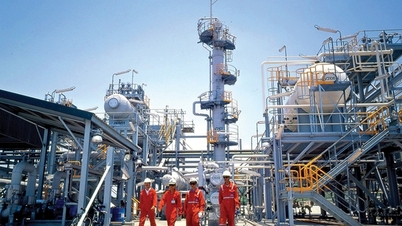



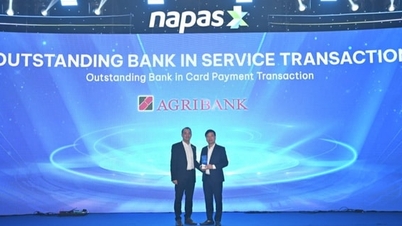














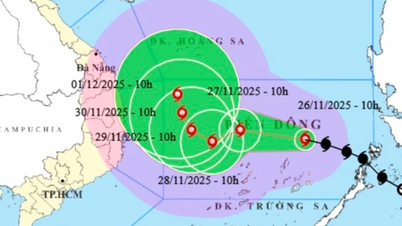


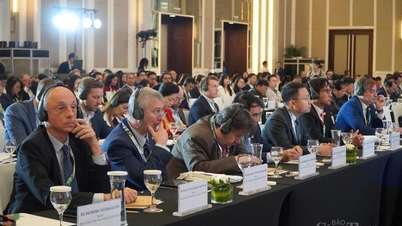





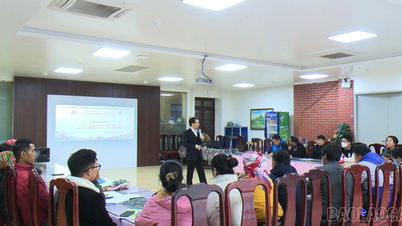



![[Photo series] Watching the sunset at Long Thanh Airport construction site](https://vphoto.vietnam.vn/thumb/402x226/vietnam/resource/IMAGE/2025/11/27/1764254151573_anh_5_20251127205055_20251127212613.jpeg)


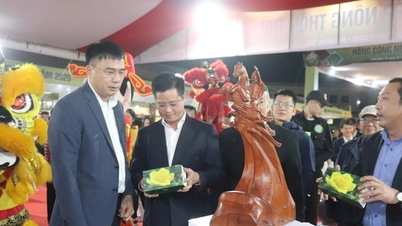
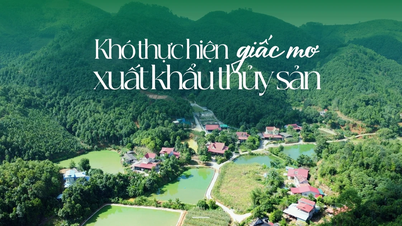













Comment (0)